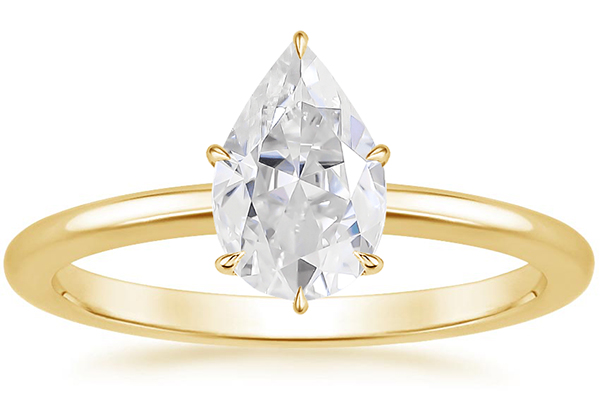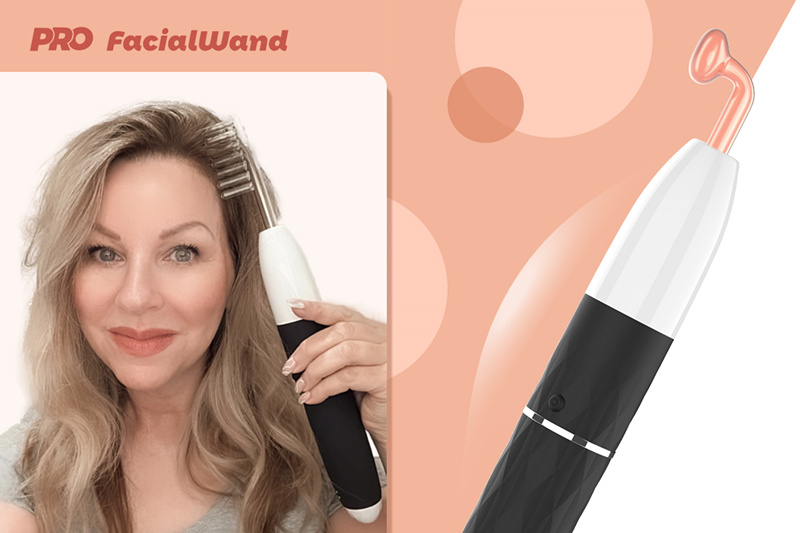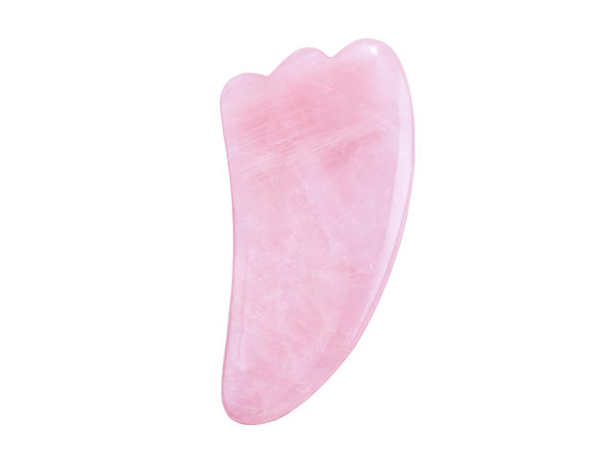When it comes to buying an engagement ring, many factors need to be considered, including budget, quality, and personal preferences. Among the various options available, one that often catches the eye is the I clarity diamond. In this article, we will delve into the world of I clarity diamonds, exploring their characteristics and whether they make a good buy for those seeking an affordable yet beautiful diamond.
What is an I Clarity Diamond?
Clarity is one of the four Cs of diamond grading, referring to the presence of internal and external flaws, known as inclusions and blemishes, respectively. Diamonds are categorized into different clarity grades, and an I clarity diamond falls within the Included category, specifically ranging from I1 to I3. These diamonds have visible inclusions, which may affect their brilliance and transparency to varying degrees.
Stretching the Engagement Ring Budget:
For many couples, sticking to a budget is a crucial consideration when purchasing an engagement ring. Opting for an I clarity diamond can be a smart move, as they tend to be more affordable than higher clarity grades. By choosing an I clarity diamond, you can allocate more of your budget towards other aspects, such as the diamond shape or the overall design of the ring.
Lab-Made Diamonds:
In recent years, lab-made diamonds have gained popularity due to their affordability and ethical considerations. These diamonds are grown in a laboratory under controlled conditions, offering a more cost-effective alternative to natural diamonds. If budget is a primary concern, exploring lab-made diamonds could be a viable option to consider, as they often offer better clarity at a similar price point.
Moissanite:
Another option for those looking to stretch their engagement ring budget is moissanite. Moissanite is a lab-grown gemstone that closely resembles a diamond but comes at a significantly lower price. It boasts impressive brilliance, high durability, and excellent clarity. While it may not have the same prestige as a diamond, the China moissanite manufacturer offers a beautiful alternative for those seeking an affordable and eye-catching engagement ring.
SI Clarity Diamonds:
If you desire a higher clarity grade than an I clarity diamond but still want to stay within a reasonable budget, consider exploring SI (Slightly Included) clarity diamonds. SI clarity diamonds have inclusions that are typically less visible to the naked eye compared to I clarity diamonds. This grade strikes a balance between clarity and affordability, making it a popular choice among budget-conscious buyers.
Buying an I Clarity Diamond:
When purchasing an I clarity diamond, it is essential to consider several factors to ensure you make a well-informed decision. One crucial aspect is the grading laboratory. Reputable laboratories such as GIA (Gemological Institute of America) or AGS (American Gem Society) provide reliable and consistent grading reports, giving you peace of mind about the diamond’s quality.
I1, I2, or I3:
Within the I clarity grade, there is further differentiation between I1, I2, and I3 clarity diamonds. It is important to note that the visibility and impact of inclusions can vary significantly within this range. While I1 clarity diamonds may have more noticeable inclusions, I2 and I3 clarity diamonds often have inclusions that are more prominent and can affect the overall beauty of the stone.
Durability in an I Clarity Diamond:
One common concern about I clarity diamonds is their durability. However, it’s worth noting that the durability of a diamond is not solely determined by its clarity grade. Diamonds are incredibly durable gemstones, and as long as the stone is well-set and protected, an I clarity diamond can withstand everyday wear without significant issues.
Diamond Shape:
When considering an I clarity diamond, the choice of diamond shape can play a vital role in enhancing the stone’s appearance. Certain diamond shapes, such as round brilliant and princess cut, tend to mask inclusions more effectively than others. Opting for a diamond shape that has better light performance and hides inclusions well can be an excellent strategy for maximizing the beauty of an I clarity diamond.
Reflections:
One advantage of an I clarity diamond is that its inclusions can create unique patterns and reflections within the stone. Some individuals find these distinctive characteristics appealing and view them as adding to the diamond’s charm and uniqueness. By carefully examining the diamond in person, you can determine if the visible inclusions enhance or detract from its overall beauty according to your personal taste.
Zooming Out:
While clarity is an important aspect to consider when buying a diamond, it is crucial to remember that it is just one component of the overall diamond grading. Other factors such as cut, color, and carat weight should also be taken into account when making a purchasing decision. It is the combination of these factors that ultimately determines a diamond’s beauty and value.
Conclusion:
An I clarity diamond can be a good buy for those who prioritize affordability without compromising on beauty. With careful consideration of the diamond’s shape, reflections, and personal preferences, an I clarity diamond can make a stunning and cost-effective choice for an engagement ring. By understanding the intricacies of diamond clarity and exploring other options such as lab-made diamonds or moissanite, you can confidently find the perfect wholesale moissanite ring that suits both your budget and your desires.




